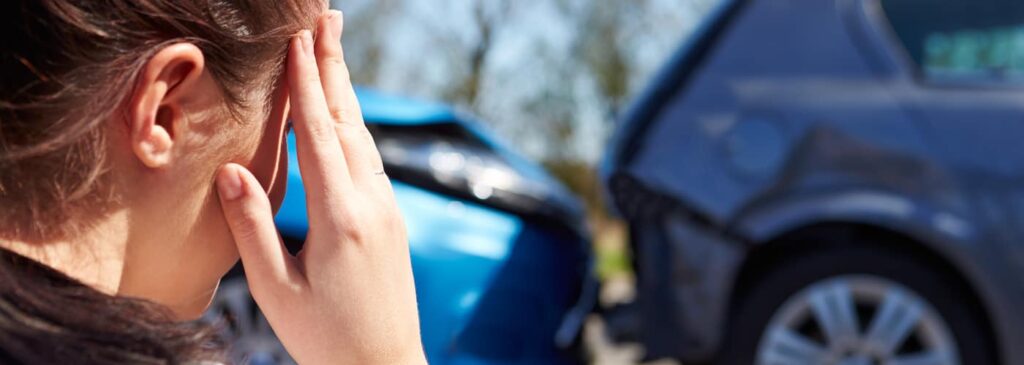Proper Use of Child Car Seats
Using the correct child car seat sizes for the age and weight of the child is crucial. Harnessing an infant in a seat that is too big is dangerous, as is trying to fit a child into a seat that they have outgrown.
Using the correct child car seat sizes for the age and weight of the child is crucial. Harnessing an infant in a seat that is too big is dangerous, as is trying to fit a child into a seat that they have outgrown.
As a parent, it is important that you find a car seat which fits your child. However, the best or most expensive car seat won’t work to keep your child safe if it isn’t installed correctly
An air bag can save your life. However, air bags and young children are a dangerous combination.
When used with seat belts, airbags work well to protect teenagers and adults; however, airbags can be very dangerous to children, particularly to those riding in rear-facing seats and to preschoolers and young school-aged children who are not properly restrained.
If your vehicle has a front passenger airbag, infants in rear-facing seats must ride in the back seat. Even in a relatively low-speed crash, the airbag can inflate, strike the car seat, and cause serious brain injury and death.
Vehicles with no back seat or a back seat that is not made for passengers are not the best choice for traveling with small children; however, the airbag can be turned off in some of these vehicles if the front seat is needed for a child passenger. See your vehicle owner’s manual for more information.

Side airbags improve safety for adults in side-impact crashes. Read your vehicle owner’s manual for more information about the airbags in your vehicle. Read your car seat instructions and the vehicle owner’s manual for guidance on placing the seat next to a side airbag.
Source: healtychildren.org (Copyright © 2021 American Academy of Pediatrics)
As parents, keeping our kids safe from external factors is the norm, but what if we the parents, are the ones our kids need to be kept safe from!
As parents, we know the importance of driving safely but not many of us consider that our own habits and practises could be more detrimental to our little occupants than the actions of other drivers around us. Here are a few behavioural traits that are harmful to the psyche of our loved ones which many of us are guilty of but can modify.
ACTION
DANGEROUS SITUATION
It doesn’t happen very often but parents have been witnessed fighting, yelling and even getting physical in the car. Not only does this type of irrational behaviour distract (and amuse) other motorists, it also puts everyone in the car in grave danger and has long term negative effects on the minor passengers.
SOLUTION
Keep the heated discussions for the privacy of your bedroom. Not only is it emotionally unhealthy for the little ones to be exposed to the effects of the family’s dwindling finances or suspected extra marital affair, but verbal altercations can lead to reduced concentration resulting in near misses, fender bumpers or full on crashes.

ACTION
2. Speeding
DANGEROUS SITUATION
Being a working wife and mother, who also triples as a gym bunny, Michelin-star chef and support to her husband is a lot for any human being to manage on a daily basis. Hence it is understandable that a woman may find herself running late from time to time. As logical as speeding may seem it is highly imprudent and could result in death or serious injury to other motorists, yourself or your toddlers.
SOLUTION
Time management is one of the arduous aspects of adulating, but one which could save your life and the lives of those in and around your vehicle. Applying your make-up can wait until you get to the office parking lot or restrooms even if it does mean you may have to hold your ID picture up to your face and sign in at the main gate.

ACTION
3. Not having car insurance
DANGEROUS SITUATION
More than 80% of the cars on our roads are uninsured which means at any given time you could be driving within the proximity of 2 – 3 uninsured vehicles; which sounds scary unless yours is also uninsured in which case you would be in the company of a minimum of 4 uninsured cars. The thing about being uninsured, even at a basic level is that you run the risk of being liable for the costs of repairs of your car and that of the other vehicle(s) you may have run into.
SOLUTION
Most would agree that the responsible thing to do would be to investigate the various types of insurance policies you can sign up for which cover you for taking care of the other parties vehicle. We, however would advise that you get cover for your vehicle and occupants too so that you and your kids can receive the necessary medical attention in the event of an accident.

ACTION
DANGEROUS SITUATION
In some countries, driving distracted is ranked more dangerous than driving under the influence of drugs and alcohol. In our view however, regardless of the kids being in the car or not, driving without having your hands at the wheel or with your eyes fixed on the road ahead and around you is a recipe for a life threatening disaster.
SOLUTION
For the record, distracted driving includes fiddling with the radio controls, eating and drinking, applying make-up, grooming and trying to appease the little ones among other things.